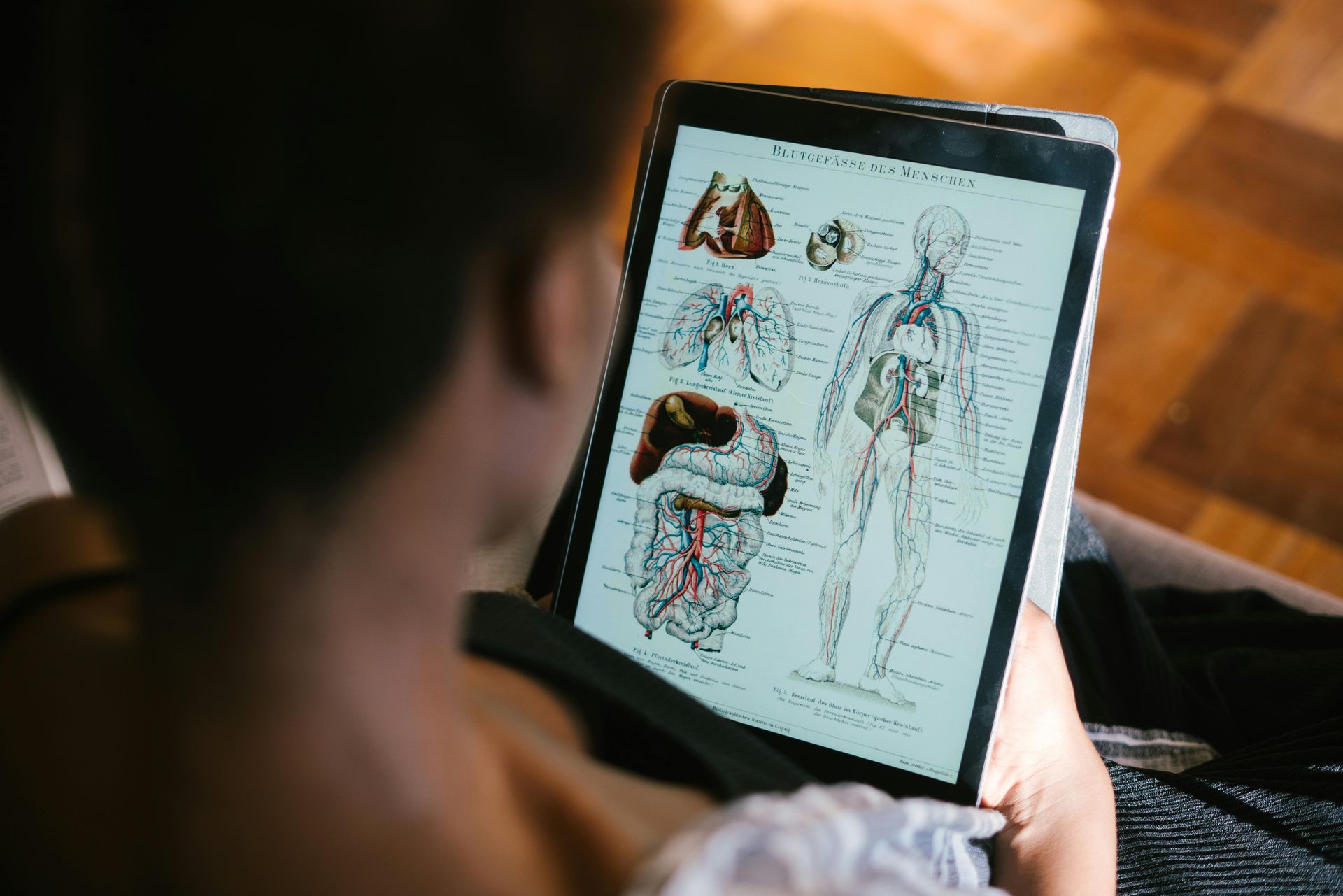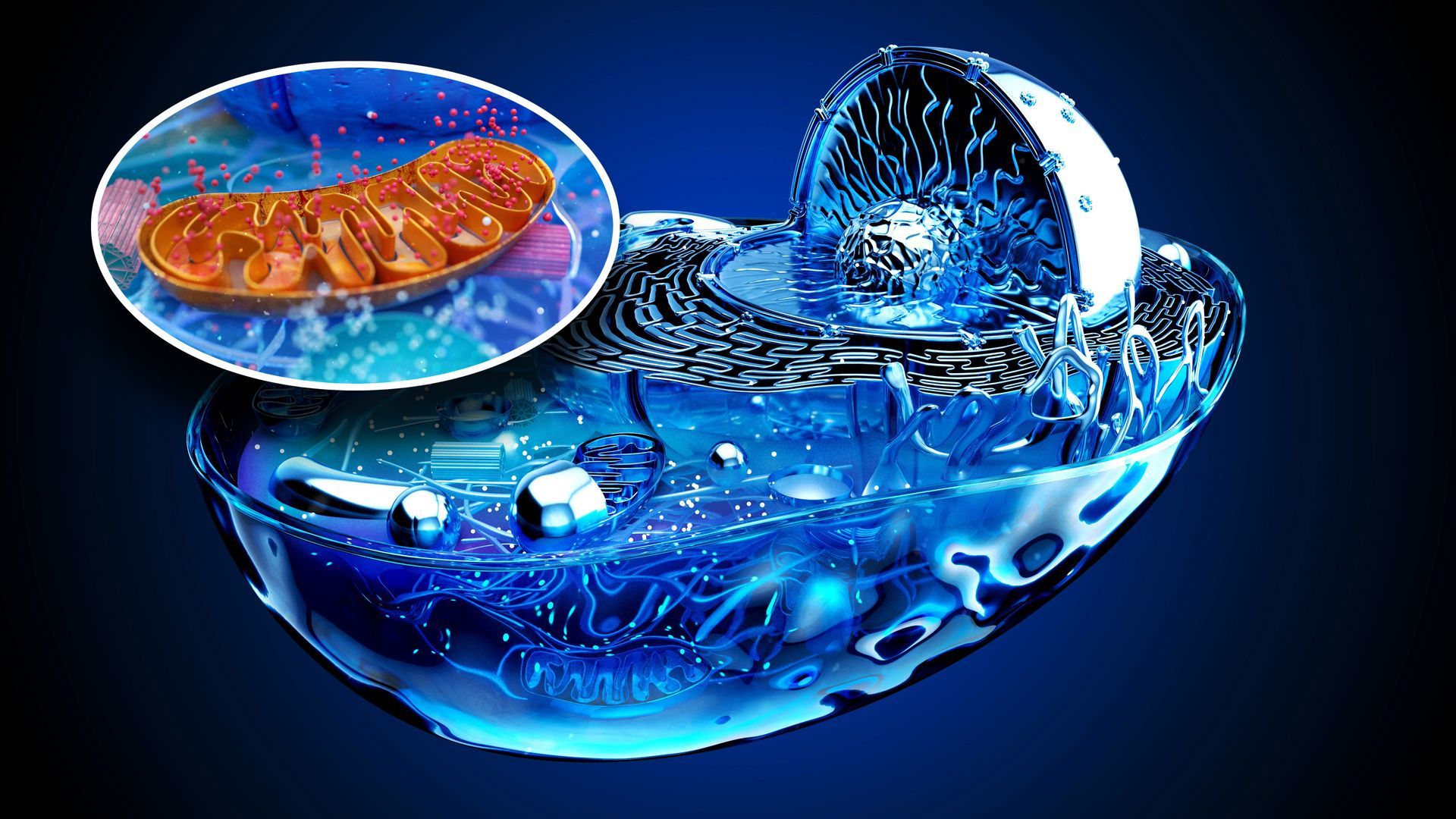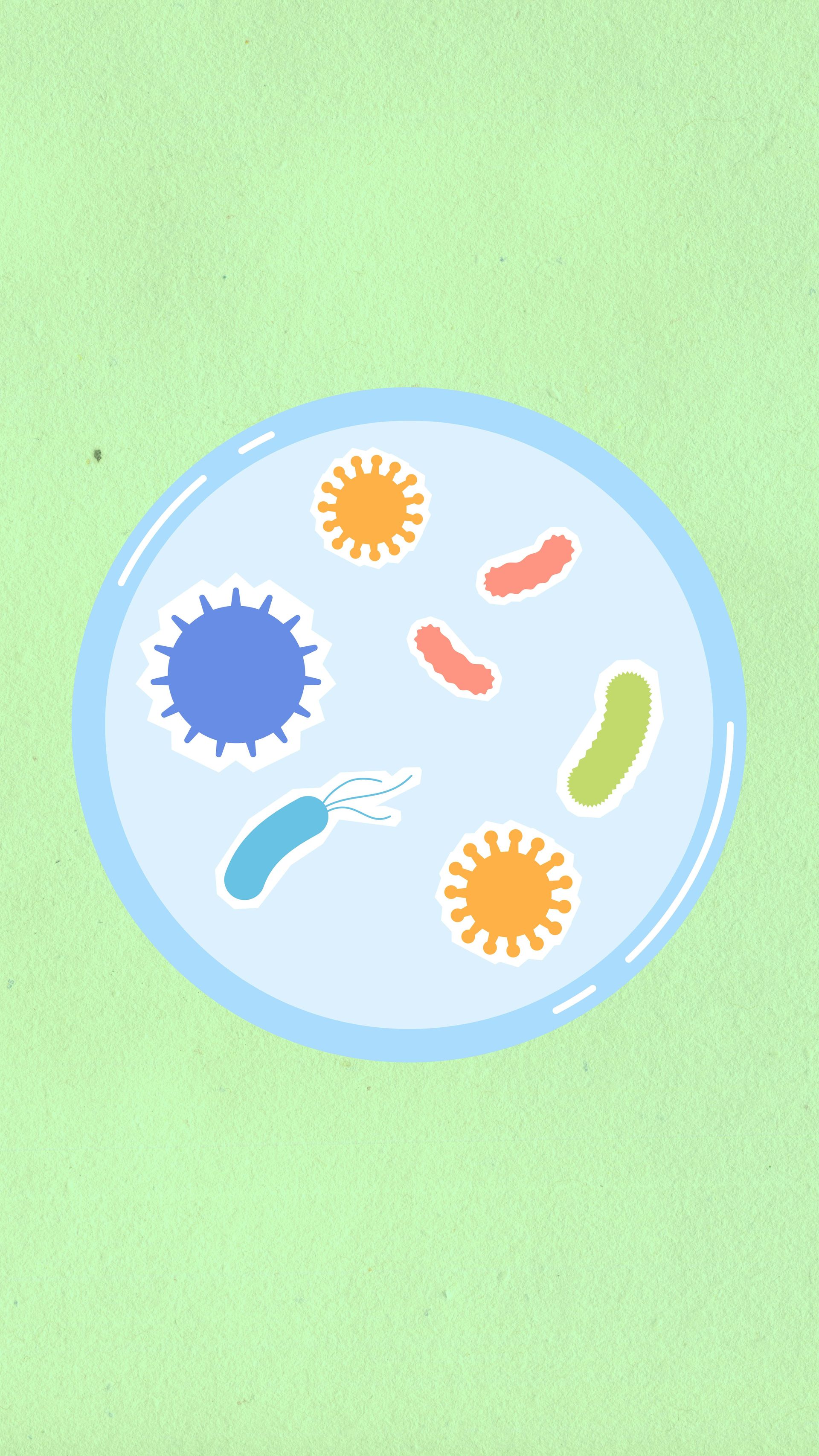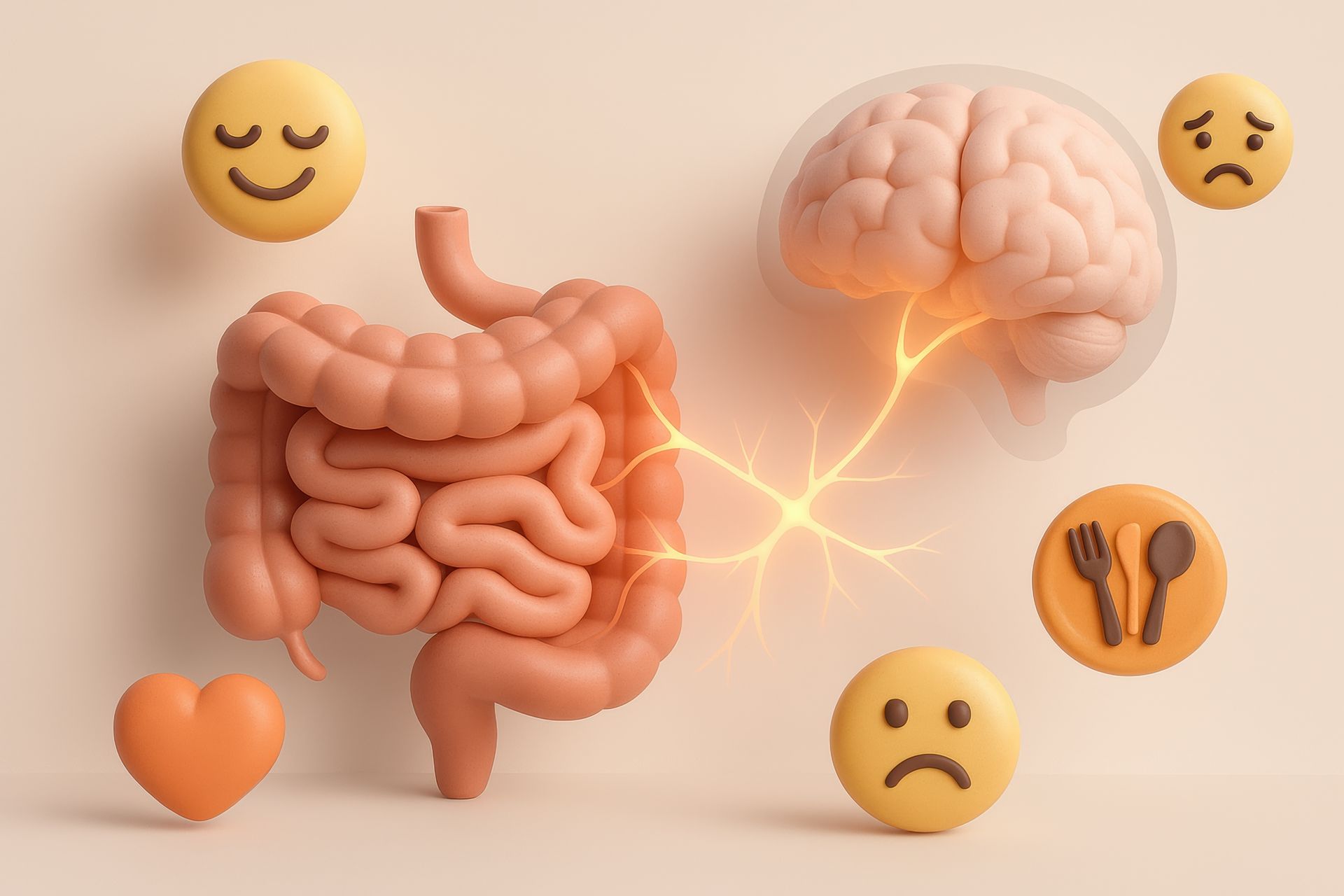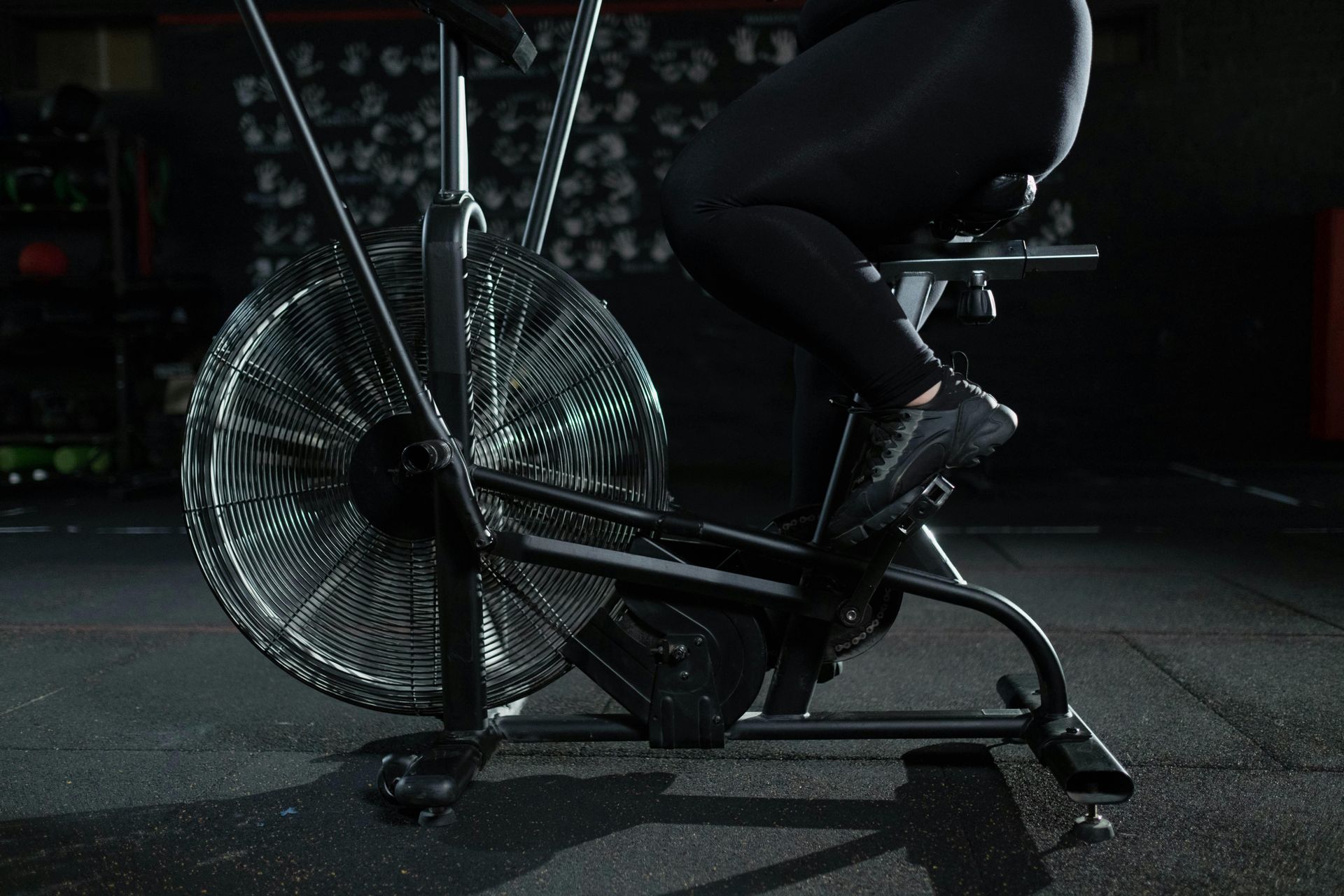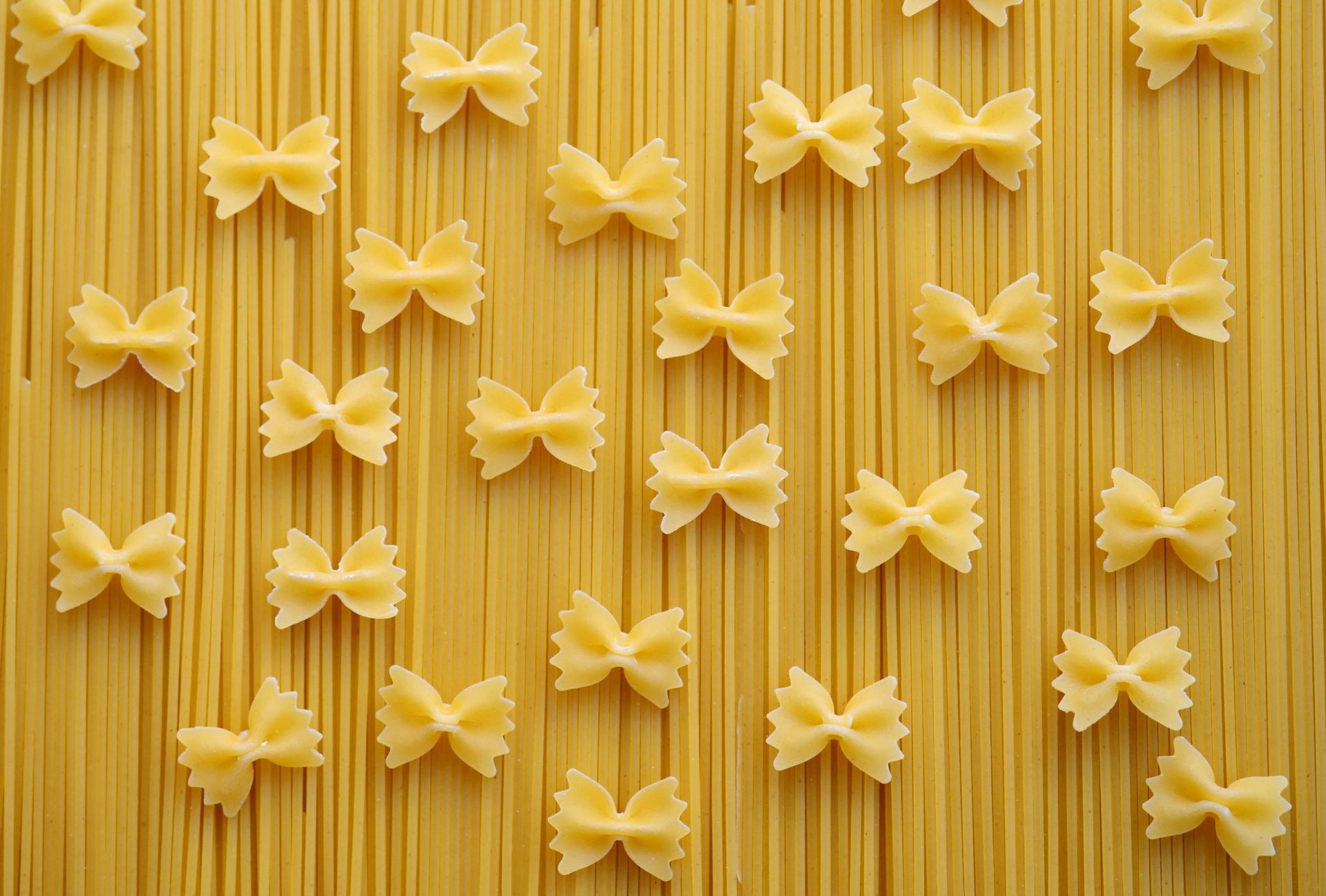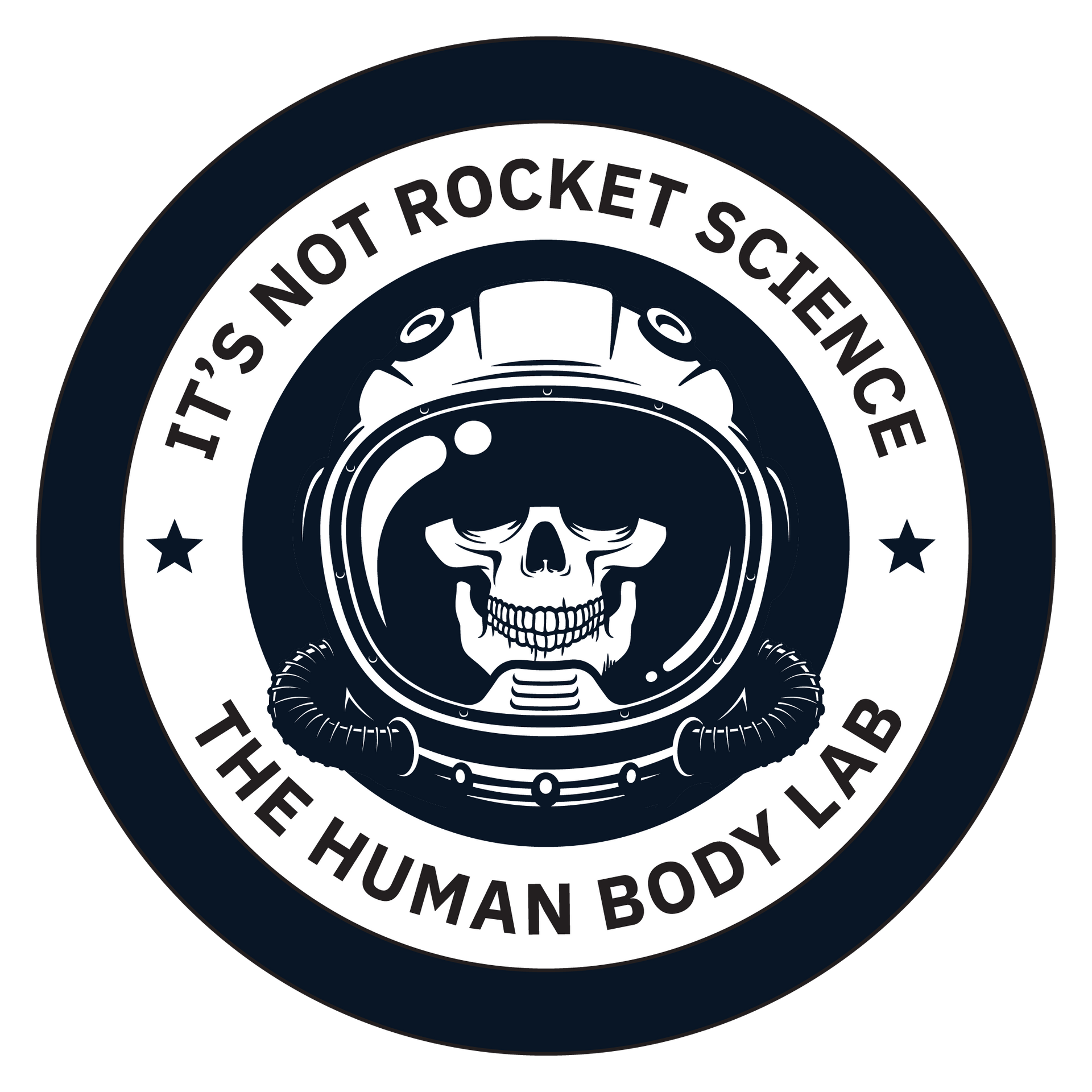The Systems of Locomotion
THE SYSTEMS OF LOCOMOTION
NEUROMUSCULAR & MUSCULOSKELETAL SYSTEMS
Human movement is a complex feat of the human body that requires a seamless interplay of the neuromuscular and musculoskeletal systems. These systems not only enable locomotion—from walking to jumping—but also maintain posture, regulate body temperature, and protect internal organs. Understanding their structure, function, and integration is key to appreciating how we move, train, and adapt.
This article will attempt to provide examples of how the nervous, muscular and skeletal systems work together whether it is to crush our next race and keep us upright.
THE NEUROMUSCULAR SYSTEM:
WIRING & CONTROL OF MOVEMENT
Movement in the human body depends on the close connection between 3 key systems, nervous, skeletal and muscular. These systems can also be grouped by function as the neuromuscular system and the musculoskeletal system. The neuromuscular system acts as the control center for movement, linking the brain and spinal cord (the central nervous system) with the muscles throughout the body. It takes our thoughts and intentions—like deciding to stand up, pick something up, or walk—and turns them into actual physical actions.
The central nervous system (CNS), made up of the brain and spinal cord, is responsible for processing information and deciding how the body should respond. The peripheral nervous system (PNS) is made up of nerves that branch out from the spinal cord and travel throughout the body. These nerves carry messages back and forth between the CNS and the muscles. When you want to move, the brain sends signals through motor neurons to muscle fibers. Each motor neuron, along with the muscle fibers it controls, is called a motor unit. Small motor units (with fewer muscle fibers) are used for precise tasks, such as writing or typing, while large motor units (with many fibers) are used for strong, powerful movements like lifting heavy objects.
Movement actually begins at a specialized connection called the neuromuscular junction (NMJ). This is where the motor neuron meets the muscle fiber. When a signal reaches the end of the neuron, it releases a chemical called acetylcholine, which crosses the small gap and binds to receptors on the muscle. This causes the muscle to contract and produce movement. Without this chemical communication, the muscle wouldn’t know when to move.
To keep the body balanced, coordinated, and controlled during movement, the neuromuscular system also relies on proprioception. This is the body’s internal sense of position and motion. Specialized receptors in muscles, tendons, and joints constantly send feedback to the brain about where different parts of the body are and how they’re moving. For example, when you walk on uneven ground or catch a ball, proprioception helps you make quick, accurate adjustments without needing to think about every detail. It plays a vital role in maintaining balance, preventing injury, and allowing smooth, efficient motion.
Together, the neuromuscular system makes it possible for the body to respond quickly, move accurately, and perform both simple and complex tasks. It works hand-in-hand with the musculoskeletal system to make all types of human movement possible—from everyday activities to athletic performance.
THE MUSCULOSKELETAL SYSTEM:
STRUCTURE & SUPPORT
While the neuromuscular system controls movement, the musculoskeletal system provides the structure and power to carry it out. This system includes bones, joints, muscles, and various connective tissues that work together to support the body, protect internal organs, and enable movement.
The human body has 206 bones that make up the skeletal system. These bones form the body’s framework, giving it shape and structure. They also act as levers that muscles pull on to create movement. Bones do more than just support the body—they protect vital organs like the brain, heart, and lungs. Where two bones meet, joints allow for flexibility and motion. Some joints, like those in the skull, don’t move at all, while others, like the shoulder or knee, allow a wide range of movement.
Attached to these bones are the skeletal muscles, which are responsible for voluntary movement—meaning we can control them. These muscles appear striated (striped) under a microscope and are connected to bones by tough cords called tendons. When a skeletal muscle contracts, it pulls on the bone to create movement. These muscles also help maintain posture and allow us to hold our body upright against gravity.
Tendons play a critical role by transmitting the force generated by the muscle directly to the bone. Other connective tissues within and around the muscle help organize muscle fibers, keep everything in place, and provide extra support during movement. These tissues help muscles work more efficiently and protect them from injury.
Muscles usually work in pairs known as antagonistic pairs. When one muscle (the agonist) contracts to move a joint, the opposite muscle (the antagonist) must relax to allow the movement to happen. For example, when you bend your elbow, your biceps contract while your triceps relax. There are also synergist muscles that assist the main movers and stabilizers that keep the body steady during movement. For example, the quadriceps are the primary knee extensors, but the adductors also help extend the knee, albeit, weakly.
Beyond movement, the musculoskeletal system serves other important purposes. Muscles generate heat, which helps maintain the body’s core temperature—a process called thermoregulation. Bones also act as storage sites for important minerals like calcium and phosphorus. Inside certain bones, bone marrow produces blood cells, which are essential for oxygen transport, immunity, and clotting.
The musculoskeletal system not only allows us to move but also keeps our body strong, supported, and functioning properly. Working closely with the neuromuscular system, it makes all forms of locomotion—from walking to sprinting—possible.
THE MUSCULOSKELETAL SYSTEM INTEGRATION: HOW THE SYSTEMS WORK TOGETHER
Movement happens through a constant, dynamic connection between the neuromuscular and musculoskeletal systems. These systems work together every time we perform even the smallest motion.
It begins with initiation, when the brain sends a message through motor neurons to the appropriate skeletal muscles. This electrical signal travels from the central nervous system through the peripheral nerves to reach its target.
Next comes execution. At the neuromuscular junction (NMJ)—the connection between a nerve and a muscle fiber—neurotransmitters like acetylcholine are released. These chemicals trigger the muscle fibers to contract, pulling on bones and creating movement at the joints.
During movement, the body also relies on coordination and feedback. Specialized sensors in muscles, tendons, and joints send information back to the brain about body position and motion. This sense, called proprioception, helps the central nervous system (CNS) make quick adjustments to keep movements smooth, balanced, and accurate.
With repeated use and training, both systems show adaptation. Muscles become stronger, bones become more dense, and the nervous system becomes better at recruiting the right muscles efficiently. This is how skill, strength, and control improve over time.
A SPORT SPECIFIC EXAMPLE: THE SPEAR THROW
A real life example of how the neuromuscular and musculoskeletal systems work together is the spear throw in a Spartan Race. For those that have done it, this obstacle is much more than simply throwing a brook handle at a target—it’s a test of accuracy, coordination, power, balance, timing, and mental acuity under stress all of which rely on the smooth integration of the mind body connection.
It starts with initiation, as the athlete decides to throw. The brain quickly sends a signal through motor neurons to activate the muscles involved, including those in the shoulders, arms, core, and legs. These muscles prepare the body for the throw by generating tension and positioning the body correctly.
Then comes the throw. At the neuromuscular junction, neurotransmitters like acetylcholine trigger the muscle fibers to contract in a coordinated sequence. The rotator cuff, deltoids, triceps, latissimus dorsi, and core muscles all work together to launch the spear. These contractions pull on bones, moving joints and creating a smooth, explosive throwing motion. The lower body, including the glutes and quadriceps, also plays a role, driving power from the ground up to support the upper body during the release.
Throughout the movement, the athlete’s proprioceptive system—sensors in muscles and joints—sends constant feedback to the brain. This feedback helps the body adjust mid-throw for balance, aim, and timing. For example, if the arm angle is off or the step is too short, the brain can make split-second corrections.
With repetition and training, the body adapts. The nervous system becomes better at coordinating muscle groups, the muscles involved become stronger and more explosive, and movement becomes more efficient and accurate. This is why experienced athletes are often able to make the spear throw look easier—even under fatigue.
In high-stress settings like a Spartan Race, this blend of mental focus, precise motor control, muscular strength, and joint mobility shows how the neuromuscular and musculoskeletal systems must perform in unison for successful athletic performance.[1][4][9].
THE SPEAR THROW
STEP BY STEP
- Visual Recognition (Afferent Pathway):
- Motor Planning and Command.
- Signal Transmission to Muscles (Efferent Pathway):
- Muscle Activation and Movement Execution:
- Feedback and Adjustment:
THE COST OF INACTIVITY: WHAT HAPPENS WHEN WE DON’T MOVE
While the neuromuscular and musculoskeletal systems are designed for movement, inactivity can cause these systems to weaken and break down over time. A sedentary lifestyle—especially one that involves long hours of sitting—can have serious effects on the body’s ability to move efficiently, stay balanced, and remain strong.
When we sit for long periods, especially without breaks, the muscles of the core, hips, and lower body begin to weaken. Over time, this leads to poor posture, tight hip flexors, and imbalances between muscle groups. As these muscles weaken, they stop providing proper support for the spine and pelvis, increasing the risk of back pain and joint issues. The neuromuscular system also becomes less responsive, as the brain receives fewer signals from underused muscles and joints. This leads to slower reaction times and reduced coordination.
Poor balance is another consequence of inactivity. Without regular movement and challenge to the body’s proprioceptive system (its ability to sense body position and make corrections), our stability declines. This is especially dangerous with aging, where poor balance and weakened muscles increase the risk of falls and injuries. Balance and coordination rely heavily on the nervous system’s ability to process sensory feedback and adjust muscle activation in real time—skills that can fade without regular use.
In addition, the musculoskeletal system depends on strength training and weight-bearing activity to stay healthy. When muscles aren’t regularly challenged, they shrink (a process called atrophy), and bones begin to lose density. This makes them more fragile and increases the risk of conditions like osteoporosis. Without resistance training, the body fails to maintain the mechanical stress needed to stimulate bone growth and repair. As a result, both muscle and bone strength decline, making everyday movements harder and increasing the chance of injury.
In short, regular movement is essential for keeping the neuromuscular and musculoskeletal systems strong and responsive. Without it, the body loses the very abilities it was built for—movement, strength, balance, and resilience.
THE SYSTEMS OF LOCOMOTION:
CONCLUSION
Human movement is made possible by the combined efforts of the neuromuscular and musculoskeletal systems. The neuromuscular system acts as the body’s control center, translating brain signals into muscle contractions via motor neurons and neuromuscular junctions. It also uses proprioception—our sense of body position and motion—to maintain balance and coordination. The musculoskeletal system, made up of bones, joints, muscles, tendons, and connective tissues, provides the structure, power, and leverage needed for movement, posture, and protection of internal organs.
These systems are deeply integrated: brain signals travel through nerves to activate muscles, which then contract and pull on bones to create movement. Feedback from joints and muscles allows the nervous system to fine-tune motion in real time. Repeated use and training lead to physical and neurological adaptations such as improved strength, coordination, and efficiency.
A sport-specific example—the Spartan Race spear throw—demonstrates how mental focus, motor planning, muscle activation, and proprioception all come together for powerful, accurate movement.
In contrast, inactivity weakens both systems. Prolonged sitting or sedentary habits lead to muscle atrophy, reduced bone density, poor posture, and diminished proprioception, increasing the risk of injury and loss of balance, especially with age.
Understanding how these systems work together emphasizes the importance of regular, varied movement to maintain strength, coordination, and overall health.
SOURCES:
[1] https://www.spartan.com/blogs/unbreakable-training/spartan-spear-throw
[2] https://www.youtube.com/watch?v=2g3HoH84HZg
[3] https://www.reddit.com/r/spartanrace/comments/8oeax9/spear_throwing_tips/
[4] https://race.spartan.com/en/life/training/four-tips-to-smash-the-spear-throw
[5] https://www.youtube.com/watch?v=LFlClc4uwd8
[6] http://www.joewalker.co.uk/javelin_biomechanics.pdf
[7] https://www.youtube.com/watch?v=PQ6f-ROeexI
[8] https://coachesinsider.com/track-x-country/dynamics-in-javelin-throwing/
[9] https://uk.spartan.com/en/life/training/four-tips-to-smash-the-spear-throw
[10] https://pubmed.ncbi.nlm.nih.gov/15763675/
